How a church can adopt a prison
It’s a good way to love our neighbor as ourself

It is doable, it is rewarding for all involved, and it is what Jesus wants us to do when he urges us to love our neighbor as ourselves. Besides, we have already learned how to adopt a state highway, so why not a state prison in our backyard?
When community members are given an opportunity to tour a prison, it inevitably leads to wakeup calls for the visitors to see opportunities in the same way the teacher sees chances for learning, the therapist for healing, the artist for creativity, the accountant for cost savings, the minister for spiritual growth, while the pragmatist may see the opportunity for a meaningful job — awarded in the end with a pension.

Inspired to find ways to improve prisons and build community, Interfaith Prison Partnership, a nonprofit organization in Westchester County, New York, approached the Town of Bedford with a proposal for the community to adopt its two prisons, Bedford Hills and Taconic NYS Prisons, with a combined population of about 850 women. When the town supervisor accepted the idea, meetings were arranged with the superintendents of the two prisons. After a couple of rounds of conversations, the proposal was approved by New York State Department of Corrections and Community Supervision, and the Town Board established a vehicle, the Prison Relations Advisory Committee, to organize and implement this Adopt-A-Prison program in a maximum-security facility. Sharon Griest Ballen was appointed as chair of PRAC, based upon years of experience as IPP program director, in addition to years of social engagement and criminal justice involvement.

The first concern for PRAC was to ensure all stakeholders for the project were represented. That was accomplished by appointing 17 volunteer members from the local Bedford community representing legal, social, education, faith, business, mediation, health, security and rehabilitation concerns and included formerly incarcerated people and prison administrators. The current DOCCS commissioner, Daniel Martuscello III, gives AAP his full attention by attending its bi-monthly meetings. To reinforce the concept of a community initiative, in the fall of 2019, a town hall gathering took place. Almost 100 local participants attended and various nonprofit organizations active in the two prisons had presentation tables. The Adopt-A-Prison program was off to an auspicious start.
That fall, few could foresee the oncoming Covid pandemic, forcing the two prisons to close to visitors in early 2020. This setback only accentuated the need for support from the outside, and the PRAC organization sprang into overdrive, organizing with the help of IPP and other PRAC organizations donating hand and face soap, facemasks, disinfectants and cooking plates for the prisoners to prepare meals in their units. During the disastrous pandemic, the adopt-a-prison community engagement concept proved its mettle by cementing the relationship between the two prisons and the outside community. It provided a springboard for expanding the cooperation with new IPP initiatives with its new director, Jen Mancuso, including life skills programs, well-being workshops, Thanksgiving dinner celebration, holiday care packages, re-entry services, and release bags.
For the increasingly hot summers where there is no air-conditioning in the prison units, PRAC partnered with New Hour and Woman2Woman to mobilize the community to install 800 personal fans throughout the facilities. With the help of former U.S. Rep. Sean Patrick Maloney, $675,000 in funding was approved from the federal infrastructure bill for installation of a much-needed sidewalk on the high-traffic road leading to the prisons. To increase attention to the prison cause, IPP organized several public relations meetings at United Nations Headquarters in New York City to highlight respect for the Universal Declaration of Human Rights for those incarcerated.

The AAP community outreach does not forget the close to 100 women and children buried in the Taconic Cemetery. They are commemorated annually in an All-Souls Day ceremony conducted by the prison chaplain, Deacon Clifford Calanni, which is attended by an ever-increasing number of faith and community leaders.
When analyzing the progress accomplished by opening the prison gate to the surrounding community, the view of an innovative approach to incarceration is emerging, based more on collaboration and community engagement than isolation and punishment. One of several benefits of this approach is the win/win it provides for both the prison and those incarcerated, and for the surrounding community and its involved members. It also benefits society in general by lowering recidivism rates and reducing incarceration cost. As a wise friend put it: “While it takes a community to save a prison, it takes a prison to save a community.” This sentiment was clear in a recent town hall meeting featuring the NYS DOCCS commissioner as keynote speaker, and where the Bedford Town Supervisor, Ellen Calves, proudly announced: “The Town of Bedford is now an Adopt-a-Prison town.”
Since imprisonment is a global phenomenon and innovative ideas today travel fast, it is not surprising the AAP idea has already been embraced abroad. Today there are different iterations of AAP pilot programs in six African countries — Ethiopia, Kenya, Rwanda, the Democratic Republic of Congo, Malawi and Zimbabwe — as well as two programs in Pakistan. More information about the program can be found at this Facebook link.

Dr. Robert McCrie, professor at New York’s John Jay College of Criminal Justice, who has considerable international prison experience, says this about the AAP concept: “Prisons anywhere are among society’s bleakest institutions. Many incarcerated people never receive visitors and experience severely diminished contacts from their past associations. It is no wonder that recidivism is so high. Adopt-A-Prison is a bold humane initiative that signals to those behind the wall they have not been forgotten, and their future has hope.”
While much improvement has been accomplished through the implementation of the AAP at Taconic and Bedford Hills Correctional Facilities, this is only the beginning. The goal should be that love-based community outreach programs of this nature are introduced wherever people are imprisoned in this country and abroad, and while the command to "love your neighbor as yourself" is often seen as a moral or religious principle, modern science confirms that practicing kindness, empathy and social connection has tangible health benefits.
The Rev. Dr. Hans Hallundbaek, a minister in the Presbyterian Church (U.S.A.), is a co-founder of both Rehabilitation through the Arts and the Interfaith Prison Partnership, an outreach of Hudson River Presbytery. He is an adjunct instructor at the John Jay College of Criminal Justice and Marist College. He lives in Katonah, New York.
You may freely reuse and distribute this article in its entirety for non-commercial purposes in any medium. Please include author attribution, photography credits, and a link to the original article. This work is licensed under a Creative Commons Attribution-NonCommercial-NoDeratives 4.0 International License.

